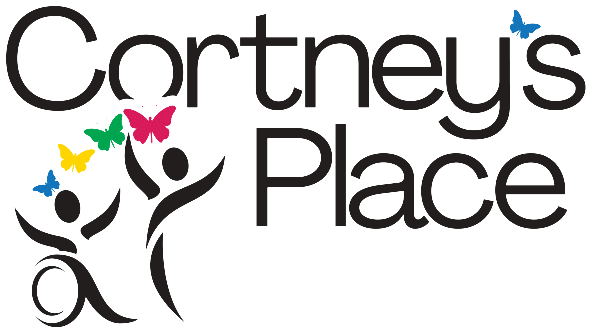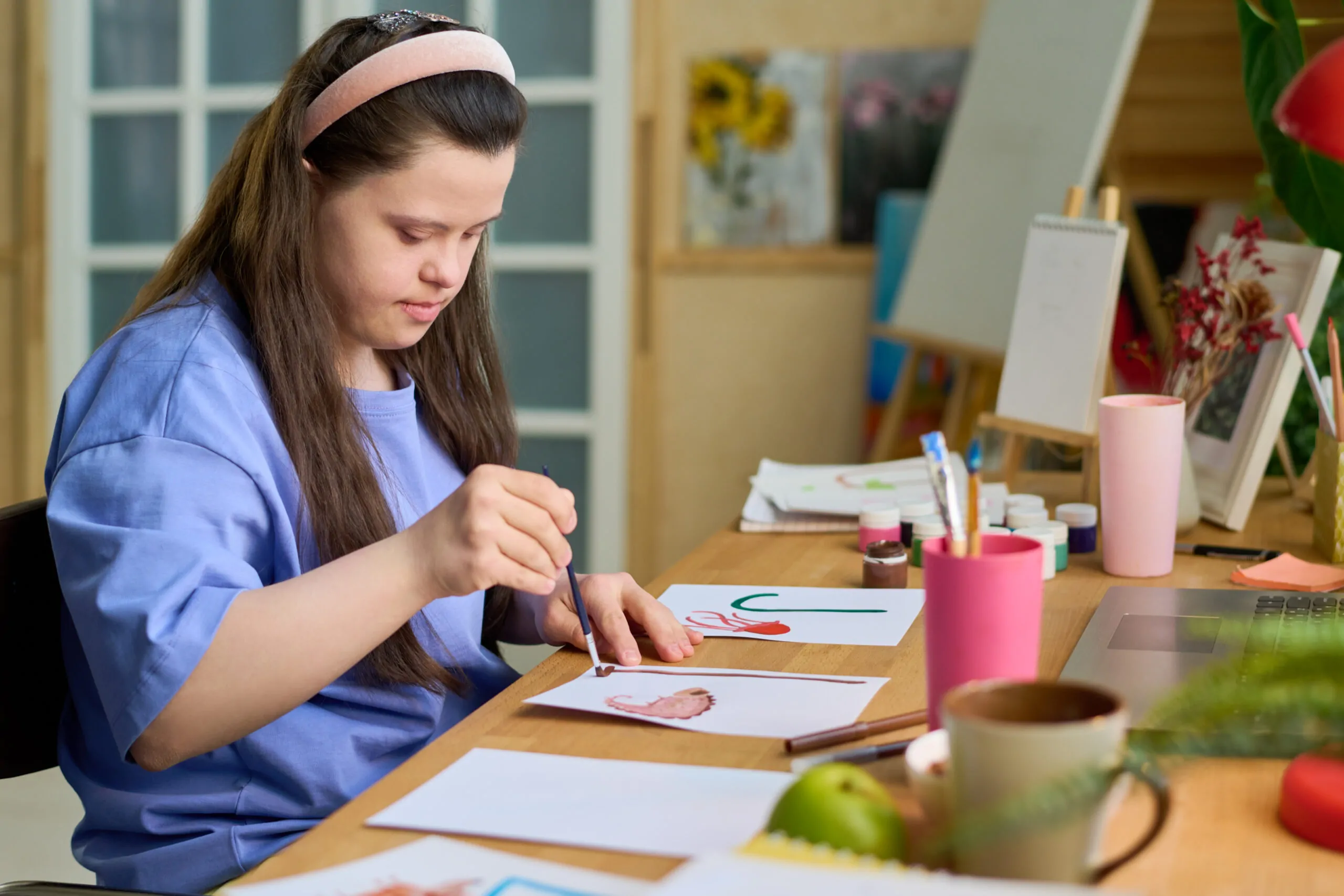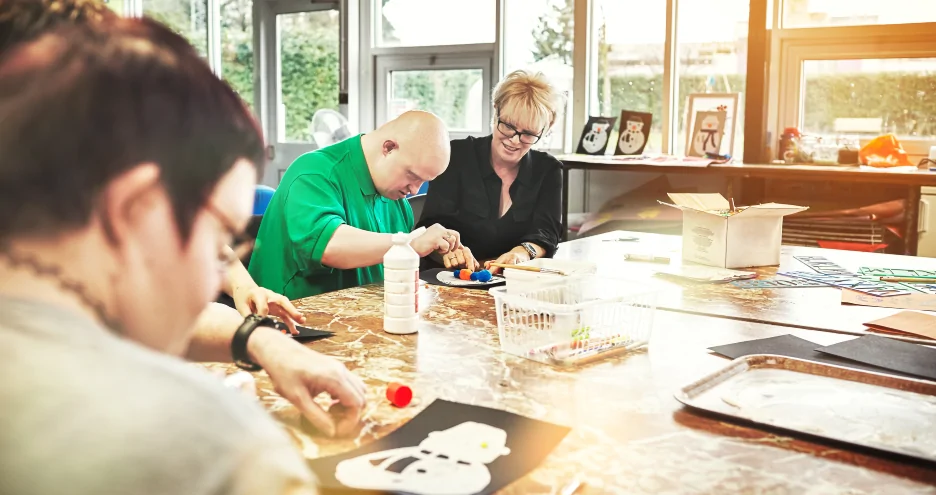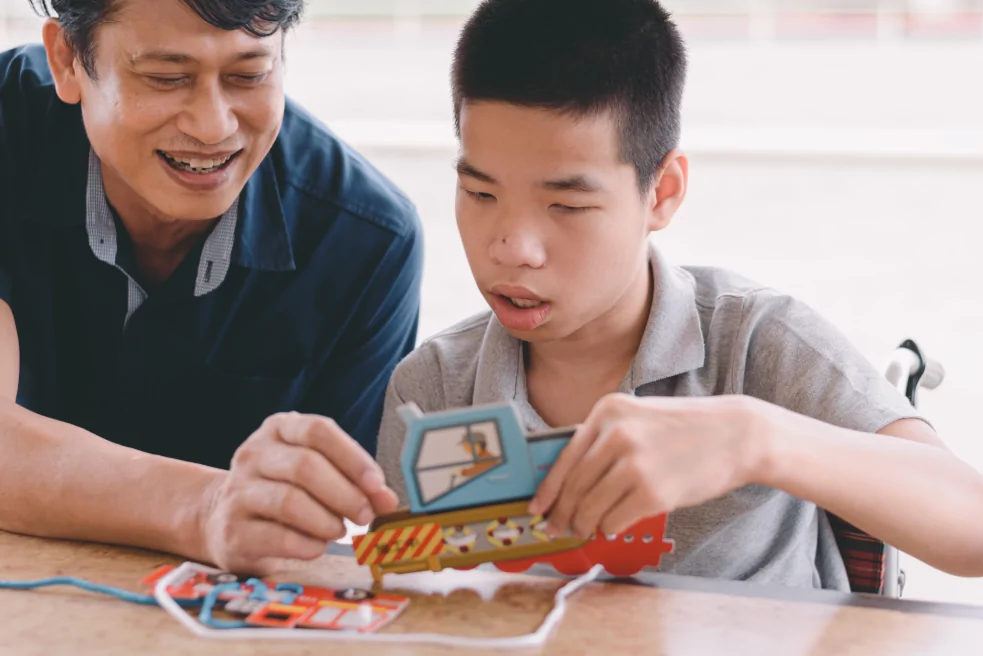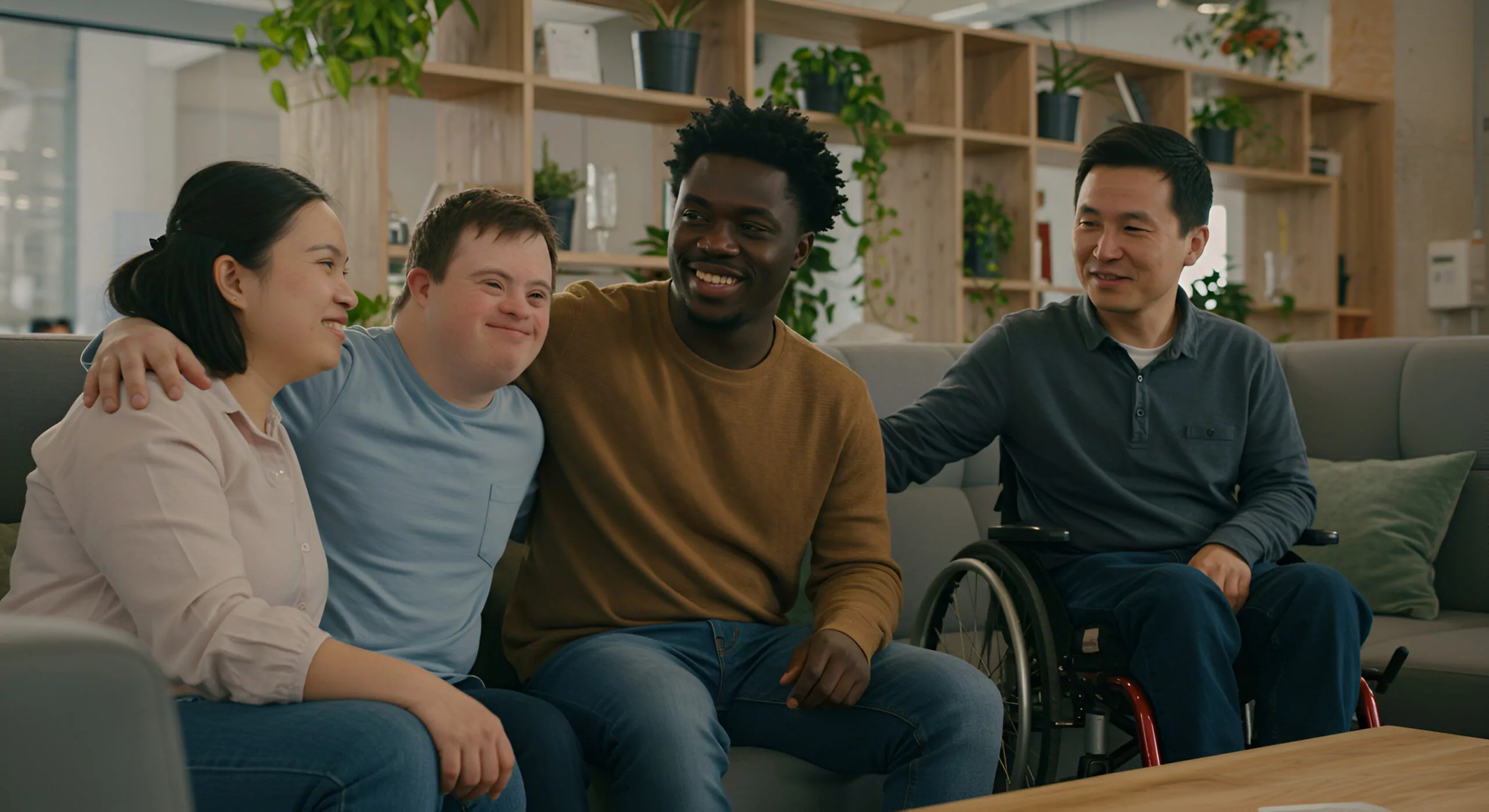Arts and Crafts for Adults with Disabilities
Arts and crafts offer much more than simple enjoyment. They provide a meaningful outlet for self-expression, communication, emotional healing, and personal growth and empowerment. For adults with disabilities, engaging in creative activities can support personal development, enhance emotional well-being, and foster opportunities for meaningful social connections. These activities are flexible and inclusive, allowing everyone to participate, grow, and experience a sense of independence and happiness.
Why Arts and Crafts Matter
1. Therapeutic Benefits
Professionals have long acknowledged creative expression as a powerful form of therapy. For people with physical, intellectual, or developmental challenges, engaging in arts and crafts offers more than just a pastime—it can ease anxiety, lift their spirits, and provide a meaningful way to express emotions without relying on words. Techniques like painting or working with clay are frequently used in art therapy to support emotional healing and foster a sense of confidence and self-worth.
2. Improved Motor Skills
Arts and crafts can play a valuable role in enhancing fine motor skills. For adults facing physical limitations, hands-on activities such as finger painting, beading, or sculpting with clay offer enjoyable ways to boost hand-eye coordination, refine dexterity, and strengthen muscle control—all while keeping the process creative and engaging.
3. Cognitive Stimulation
Crafts involving planning, pattern-following, or problem-solving can be intellectually stimulating. Engaging in hands-on activities like scrapbooking, model building, or weaving helps strengthen concentration, boost memory, and enhance spatial thinking—key skills that support both mental well-being and personal independence.
4. Social Inclusion
Group craft sessions encourage socialization and teamwork. They provide a supportive environment where individuals can exchange ideas, collaborate on projects, and forge genuine connections with one another. This is particularly important for adults who may face social isolation due to their disabilities.
5. Sense of Accomplishment
Completing a project fosters a sense of achievement and pride. Displaying artwork or giving handmade gifts can boost confidence and offer individuals a way to contribute meaningfully to their families or communities.
Types of Accessible Arts and Crafts
Crafters or caregivers should tailor crafting to suit each individual’s abilities and interests. Here are some arts and crafts ideas:
1. Painting and Drawing
- Adaptations: Use adaptive brushes, large-handled tools, or finger painting for those with limited grip.
- Benefits: Encourages creativity and visual expression while supporting fine motor development.
2. Collage and Scrapbooking
- Adaptations: Using pre-cut shapes, peel-and-stick materials, and magnetic boards can simplify the activity for those who have difficulty with fine motor skills.
- Benefits: Blending storytelling with tactile components enhances sensory engagement while also supporting skills like planning and organization.
3. Clay Modeling and Sculpture
- Adaptations: Air-dry clay is easy to use and doesn’t require special equipment.
- Benefits: Encourages tactile exploration and hand strength.
4. Jewelry Making 
- Adaptations: Use large beads and elastic string for easier handling.
- Benefits: Enhances concentration and hand-eye coordination; creates wearable art.
Creating a Supportive Crafting Environment
To ensure arts and crafts are enjoyable and accessible, consider the following:
1. Use Adaptive Tools
Tools like ergonomic scissors, grip aids, stabilizing boards, and automatic cutters can make crafting easier and safer for individuals with mobility limitations.
2. Offer Visual and Verbal Instructions
Clear, step-by-step guides—ideally with pictures—help individuals with intellectual disabilities follow along. Consider using audio instructions or demonstrations to accommodate diverse learning styles.
3. Minimize Sensory Overload
Provide a calm, clutter-free space with controlled lighting and minimal background noise. Allow for breaks if sensory sensitivity arises.
4. Encourage Freedom of Expression
Let participants choose their colors, materials, and designs. Avoid overly structured projects that might feel limiting.
5. Celebrate Every Creation
Display the artwork in a communal area or hold mini “art shows“ to recognize effort and talent. Positive reinforcement builds confidence.
Conclusion
Arts and crafts are more than hobbies. They’re bridges to connection, healing, and empowerment. For adults with disabilities, they offer a meaningful way to explore identity, build skills, and contribute creatively to the world around them. With the correct tools, encouragement, and mindset, creativity truly knows no limits.
At Cortney’s Place, our arts and crafts activities empower adults with disabilities to express themselves, build confidence, and experience the joy of creating. Every brushstroke, bead, or handmade card is a celebration of ability and individuality.
Create with us—because everyone deserves a place to shine!

